How To Use A Lens Hood On A Camera Lens
Camera Lens Hoods – Explained
Camera lens hoods in photography might seem a uncomplicated thing, but they tin be very confusing for the beginner photographer. Practise you demand i? What lens hood should you lot buy for your lens? What are lens hoods for? Why utilize a lens hood? When do you lot use one? These are only some of the questions we get asked. So hither, I'grand going to answer all these questions for you to make sure you lot go the best results in your photography and are using the correct one for your lens.
Why use a camera lens hood?
The main reason yous use a lens hood is to stop stray low-cal coming onto your lens which can create lens flare and give your images less contrast. This ordinarily happens when shooting into the sunday or when y'all accept a stiff light source in front of the lens. Let's look at a couple of examples.

Taken without a lens hood. Gives a done-out look and shows lens flare. The circles you see is the light reflecting off the drinking glass elements within the lens.

Taken using the camera lens hood. Shows more contrast in the prototype and doesn't accept lens flare.
What does a lens hood do?
It quite but blocks light from going over the front element of your lens. Below is a simple image of the same matter in the same place. One with a lens hood on the photographic camera, and 1 without it. The image without the lens hood has caused low-cal to go over the front end of the lens and is giving the prototype less contrast and causing what'southward called lens flare.

Examples showing camera lens hood on and off
The lens hood is creating a shadow over the front element of the lens thus blocking the light from hitting it.

Light shielded by camera lens hood
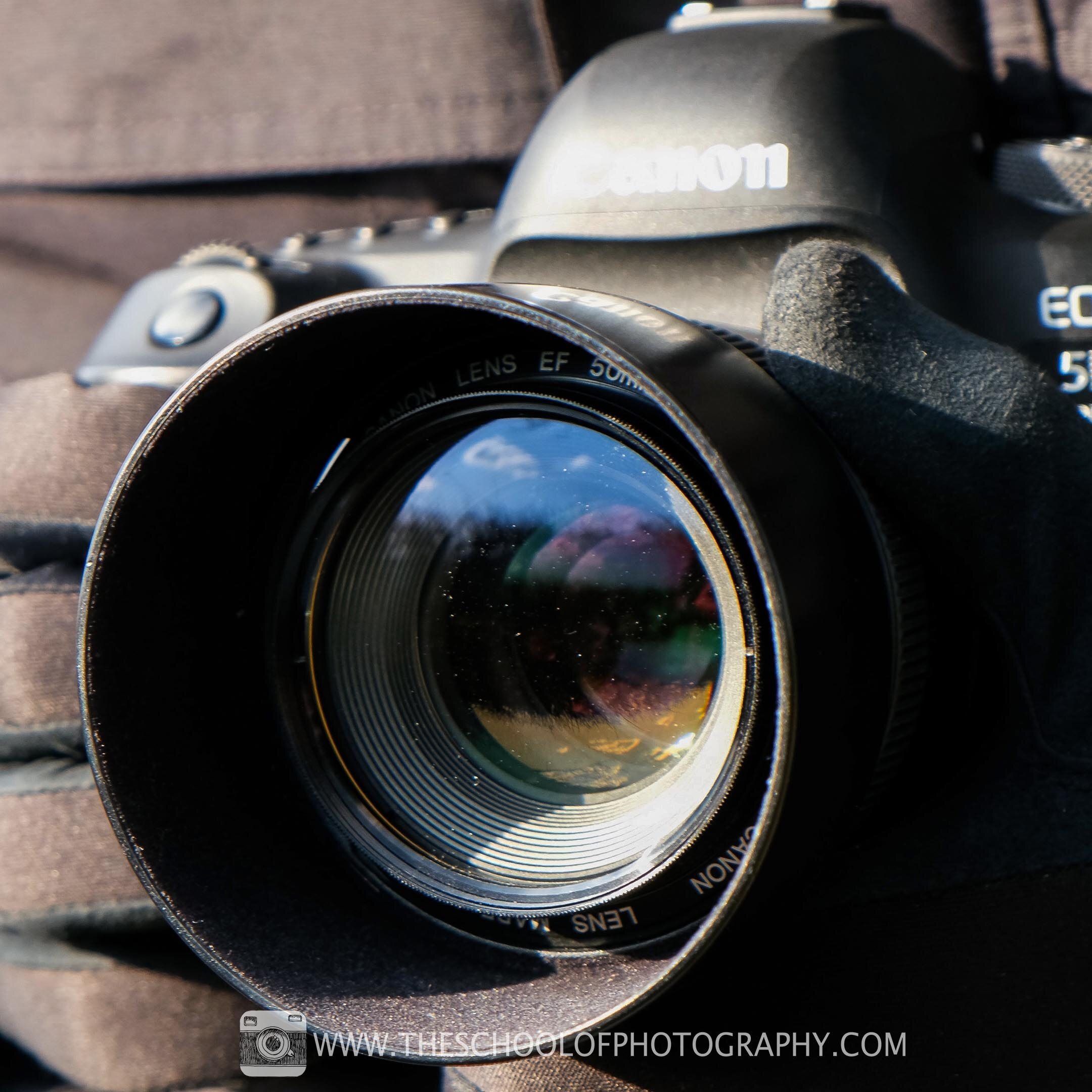
Light shining on the lens - Here the camera'southward lens hood is non fully blocking the light. In this case, you are likely to become lens flare.
And then that's the main reason to utilise a lens hood – To shield the lens from unwanted light. This will give your pictures a stronger contrast of colours and tones and to stop lens flare.
Get access to ALL our online courses – k'south of videos, worksheets, critiques of student's work, personalised support and much more with our monthly membership.
When should you use a camera lens hood?
You should accept a lens hood on all the time. Fifty-fifty when y'all're inside or at dark you could get stray light going over the front of your lens which will reduce the dissimilarity of your image. Another bonus in using a lens hood is that information technology will protect the forepart of your lens. If you're swinging your camera around and the front of it hits something, information technology's your lens hood that will break first. Much cheaper to replace than a lens!
Some other tip here is to always keep your lens make clean equally this volition increment contrast and avoid lens flare too.
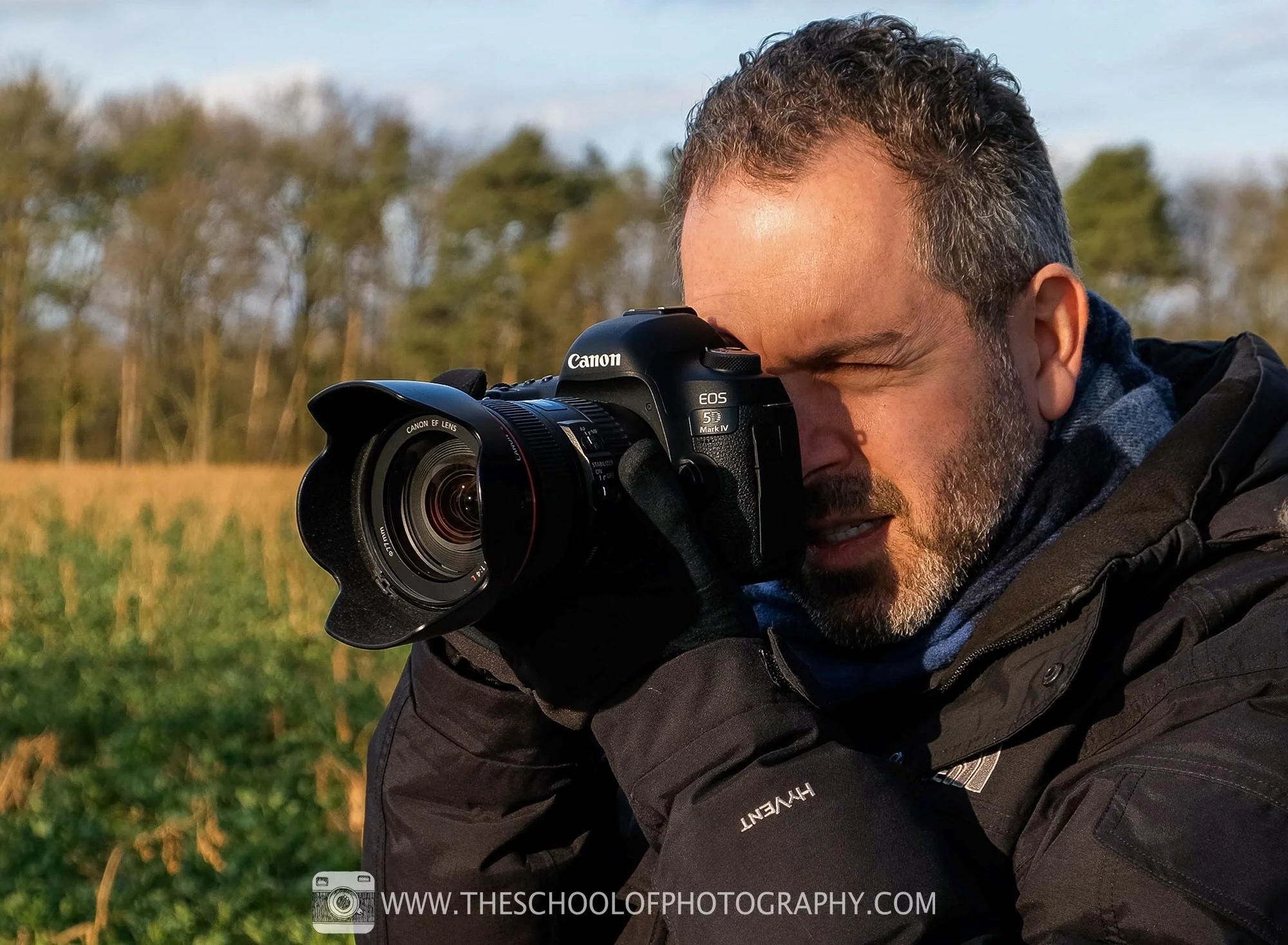
Exceptions to this rule
There are times when you might not desire to apply a lens hood. This is when yous actually want to create lens flare or when you are using the pop-up flash on your camera. On some cameras, the light from the pop-up flash will be blocked past the lens hood and create a shadow in the bottom of your pic. This won't happen if using a flashgun as the flash is higher on the camera and will miss the lens hood.
Creating lens flare on purpose can besides give an awesome look to both portrait and landscape photography.

Dusk with rocks taken without a lens hood

Taken without a lens hood whilst shooting into the sun. Gives a washed-out look and shows lens flare. The circles you lot meet is the light reflecting off the elements within the lens.
What types of photographic camera lens hoods yous can go?
Information technology breaks down into ii main types actually. A petal-type lens hood and a cylindrical 1.

Cylindrical Lens Hood and Petal-type Lens Hood
Petal lens hoods have the corners cut away. These types of hoods are used on your standard zoom lenses and lenses that go to wider angles. This is considering if you didn't have the corners cutting out you would actually see the lens hood in the prototype at wide angles. You would run across blackness in the corners of your picture, which isn't a good look!
To put this to the test do this – zoom your lens out to its widest bending look through the viewfinder and motion your hand forward adjacent to the lens and you'll run across the hand appear in the corners.
Then you lot accept cylinder lens hoods, and these are perfect cylinders with nothing cut away. They are made for fixed focal range lenses (prime number lenses) and telephoto lenses. They are shaped like this because prime lenses don't zoom out, these lenses are fixed to a item focal length so the hoods can be made to the verbal point where it won't be seen in the image. Telephoto lenses, lenses used for sports and wildlife photography, can as well have cylinder lens hoods. This is because these lenses do non get to wide angles, therefore the lens hood will not exist seen.
To learn more about lenses and focal lengths, click hither.
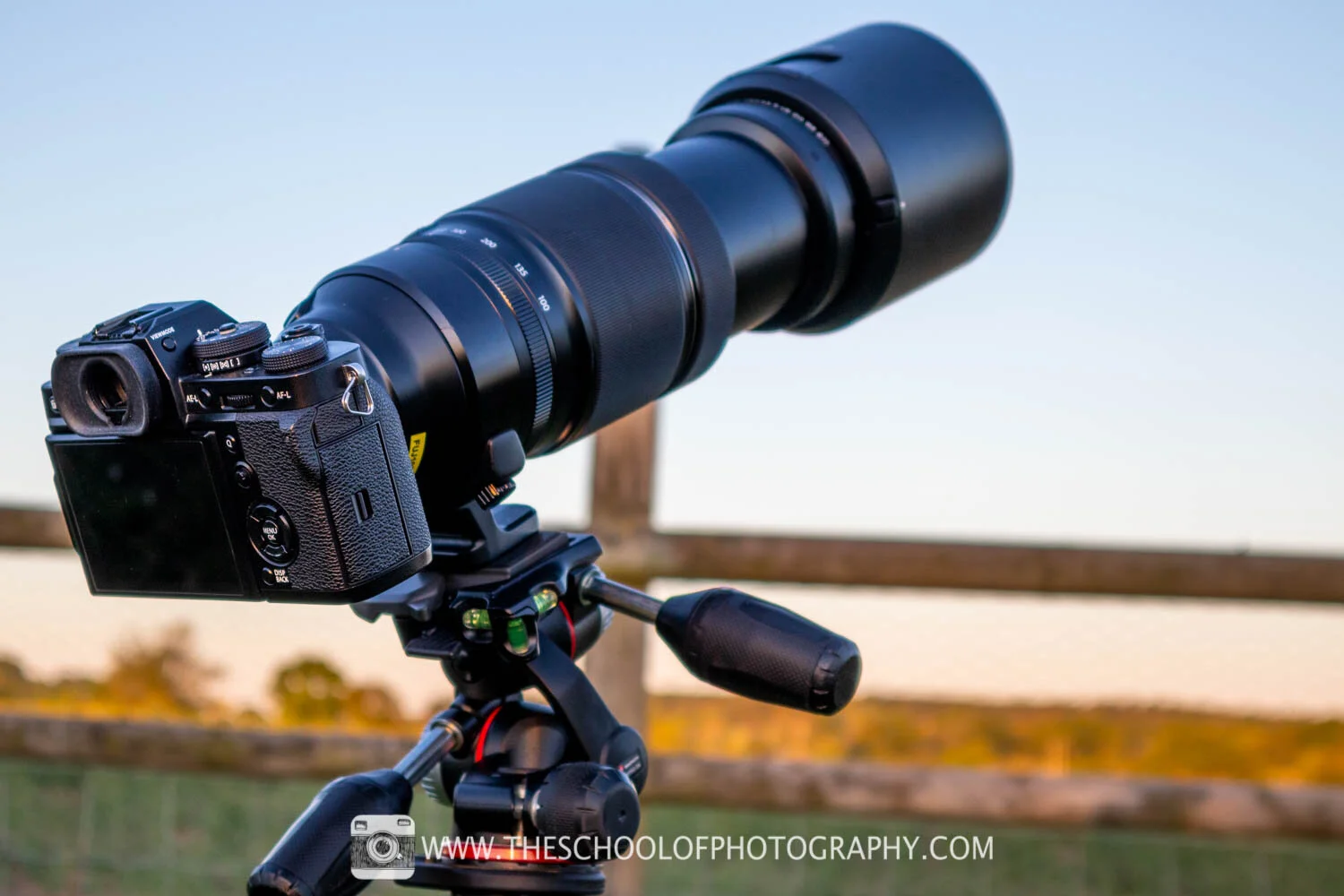
Telephoto lens with lens hood
What lens hood practice I get for my lens?
Is information technology a i size fits all scenario? The simple answer to that is no, one size doesn't fit all. You lot have to get the lens hood for your particular lens. For instance, I have the canon 24-105 zoom and the xvi-35 zoom lenses and they both demand different lens hoods. The reason for this is the circumference of the front of the lenses are different, one is 77mm and the other is 82mm. The zoom range is as well different meaning the cut-outs $.25 need to be different. The wider the angle of view the further back the cut outs need to be on a petal lens hood.
Now you practise not need to get the branded lens hood for your lens only please avoid any lens hood that states they are universal. They will not work too as 1 fabricated specifically for your lens.
To find out what lens you have, but look at the front of it and read off what it says. For instance, the prototype beneath shows the front of a canon lens and states 'Canon zoom Lens EF 24-105mm'. This is the name of that lens. Simply type that followed past lens hood into a search bar and the lens hood for that lens will pop up. Piece of cake every bit that!
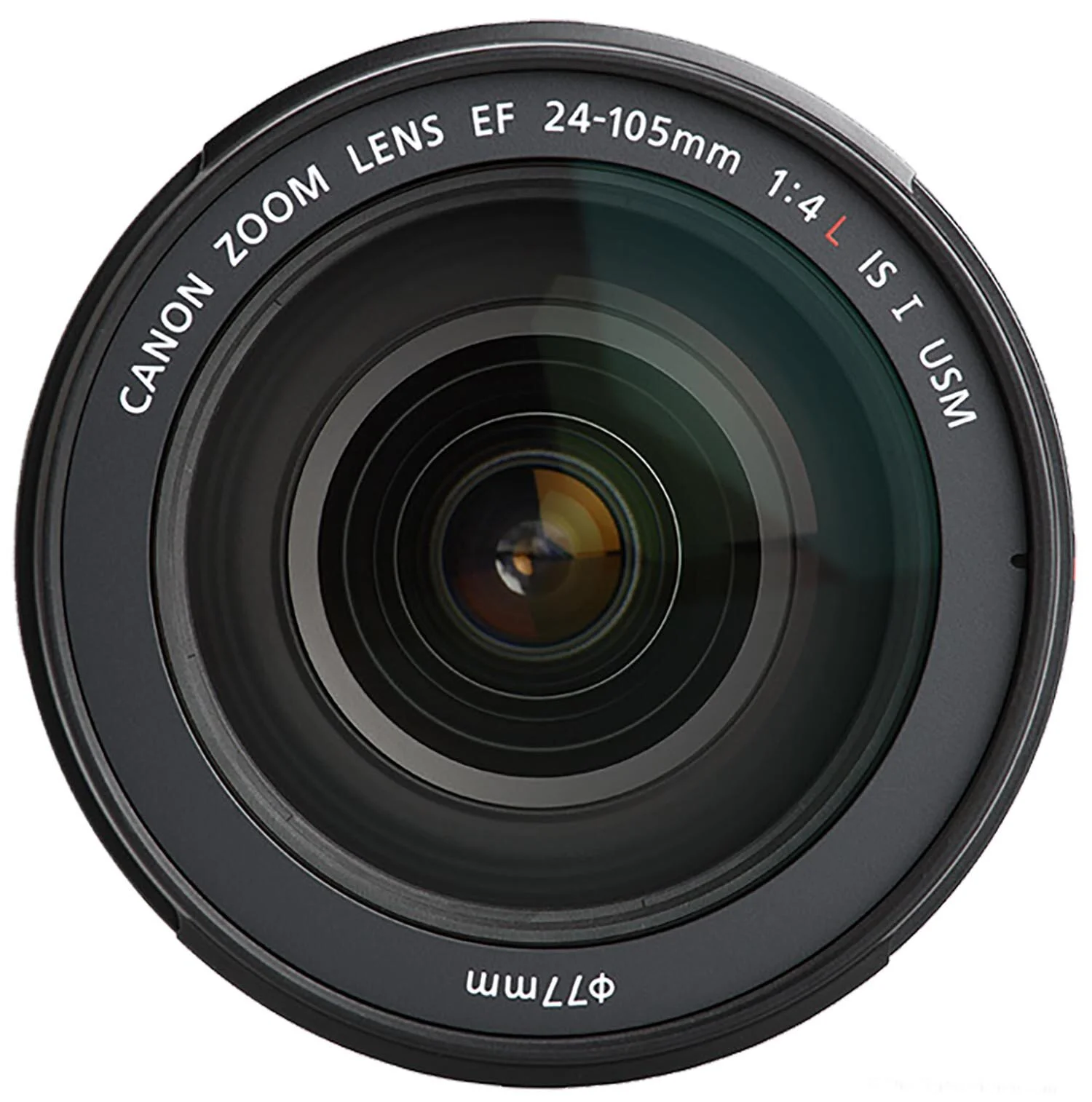
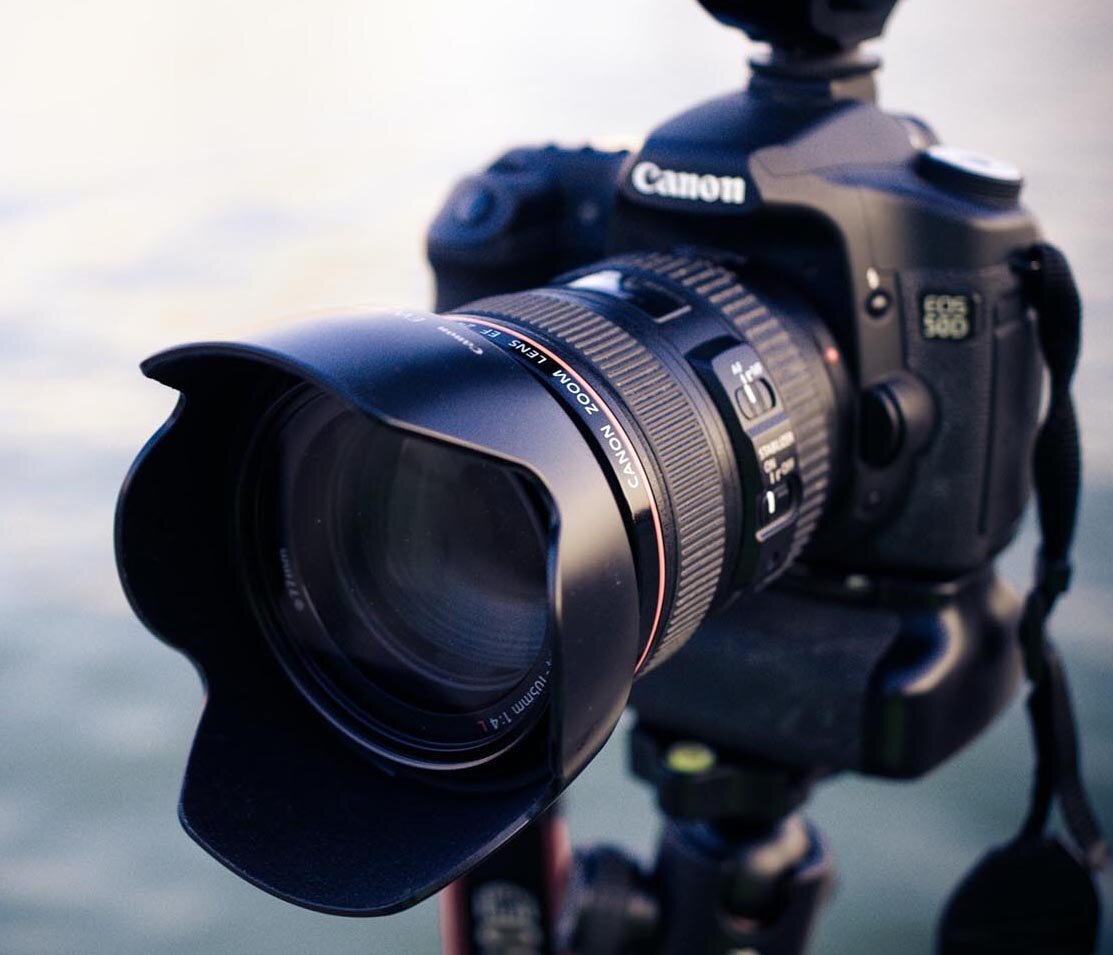
To save you time we take compiled below the lens hoods needed for the most common beginner cameras. Delight bank check the front of your lens to check the model of it before you buy the lens hood.
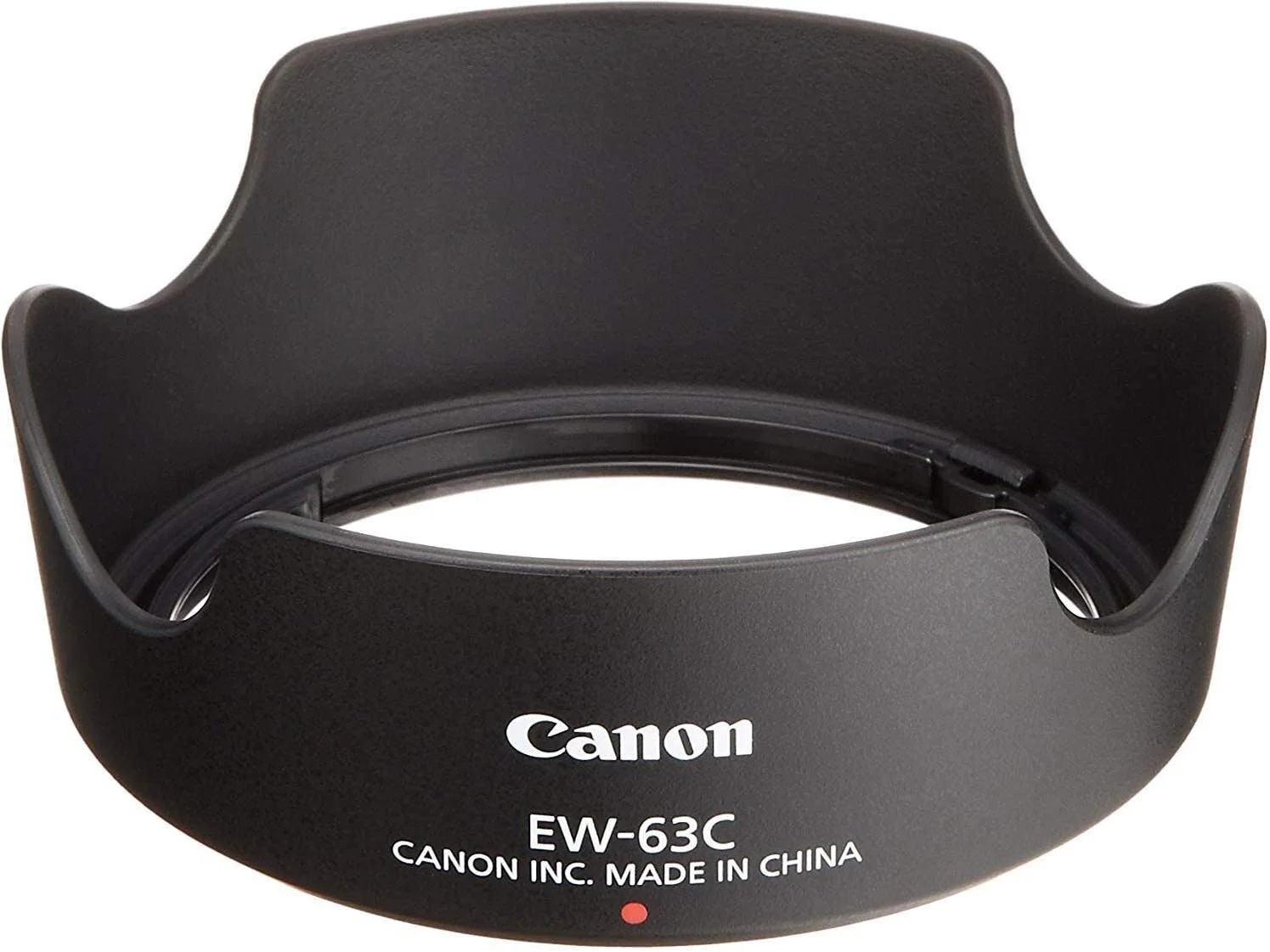
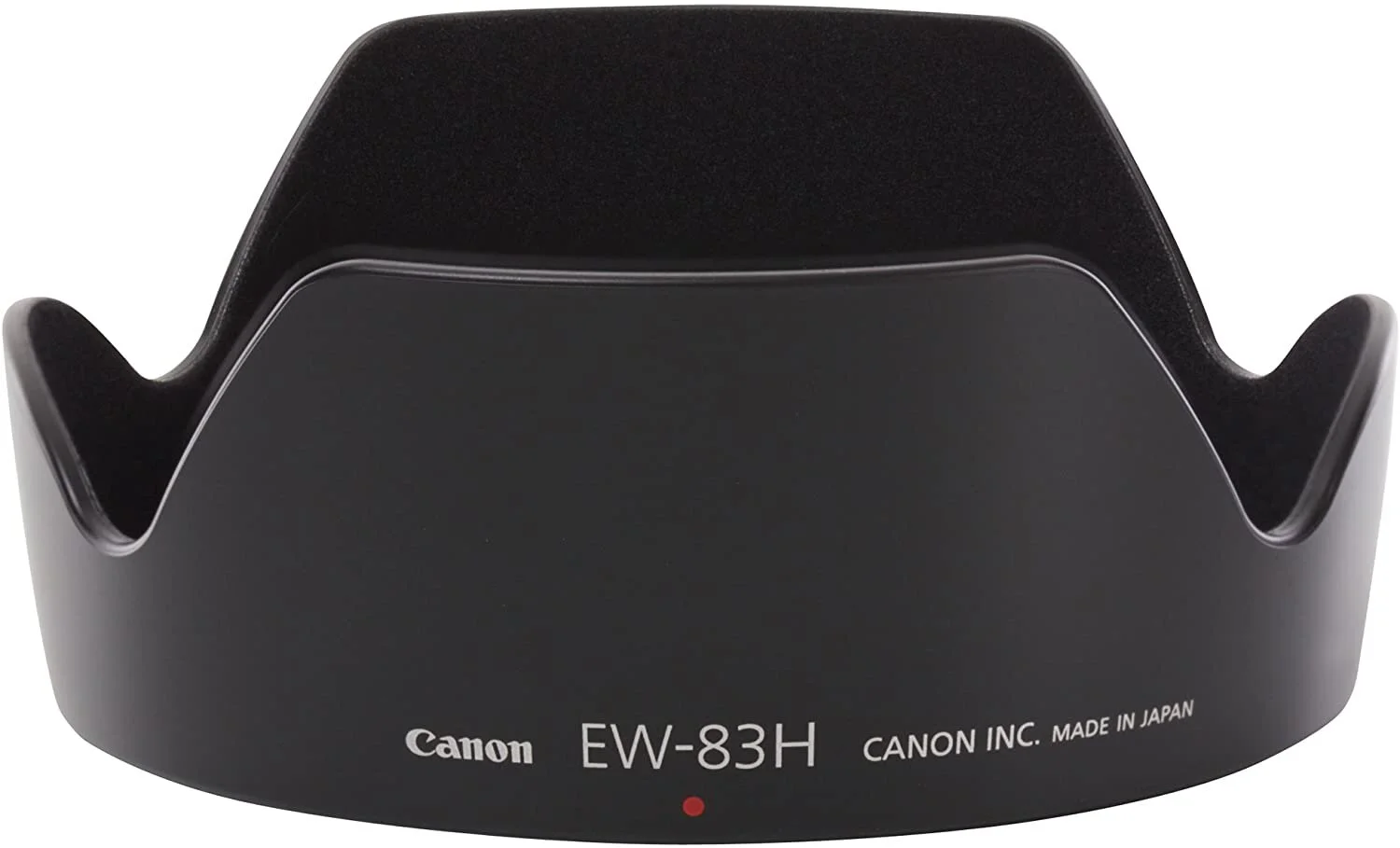
Catechism EW-83H Lens Hood for EF24-105mm f4.0L USM: Compatible with the Canon EF 24-105mm f4L IS Ii USM Lens - https://amzn.to/39m1T4P

NB: These are paid links and TSoP will receive a minor percentage of any purchases made.
Similar this? - Bank check out similar tutorials below
Free Photography Tutorials and Pro Tips & Techniques
Gratuitous Photography Tutorials and Pro Tips & Techniques
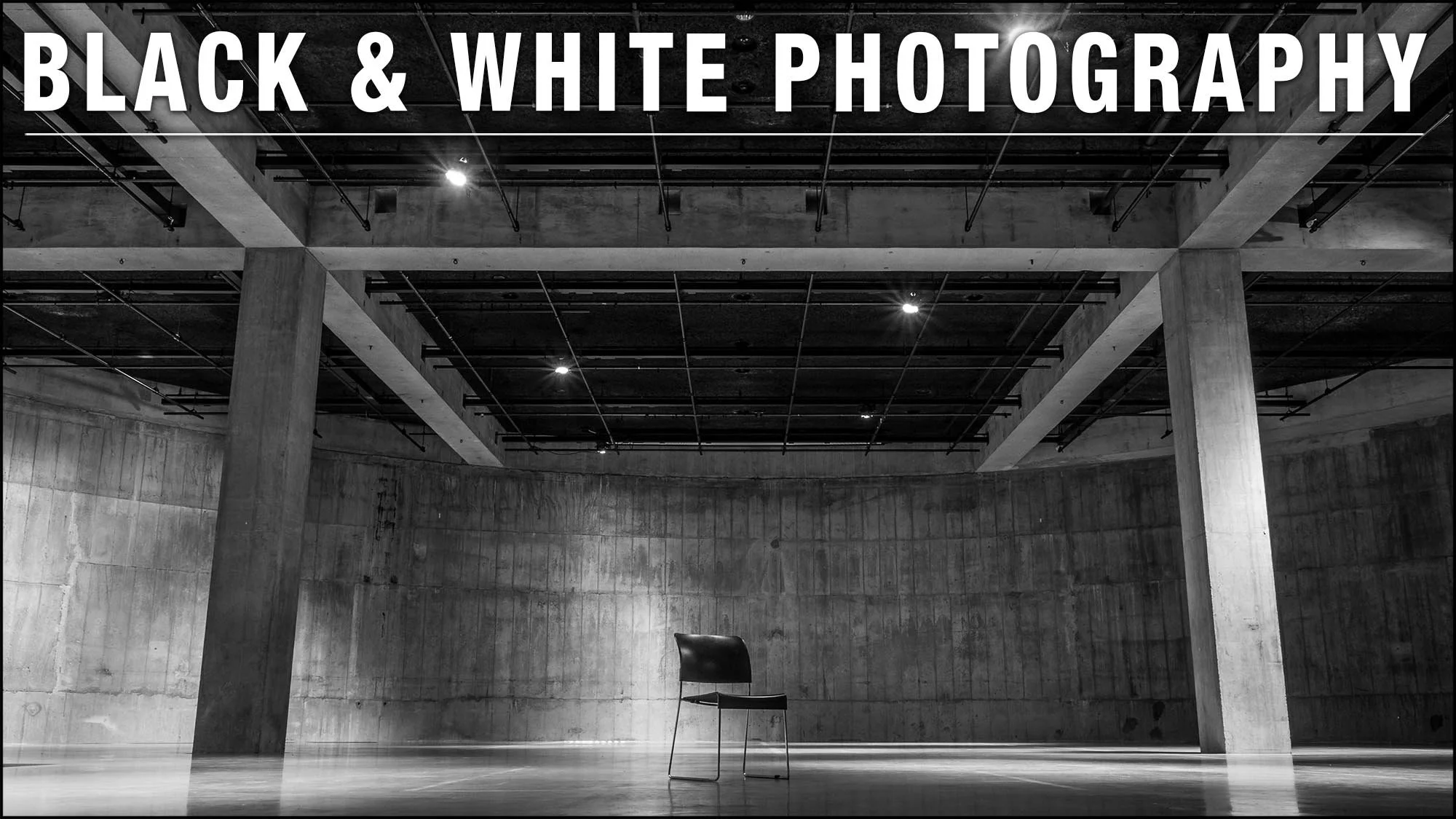
I hope this has explained why you lot utilise a lens hood, if it did, delight exit united states of america a comment and back up u.s.a. past sharing it with your friends and subscribe to our newsletter at the bottom of this page for more.
We as well have an excellent learning community on social media and then delight bring together us there as well.
Thanks for watching and remember – Learn more at The School of Photography.
Source: https://www.theschoolofphotography.com/tutorials/camera-lens-hoods
Posted by: etheridgethersen.blogspot.com

0 Response to "How To Use A Lens Hood On A Camera Lens"
Post a Comment